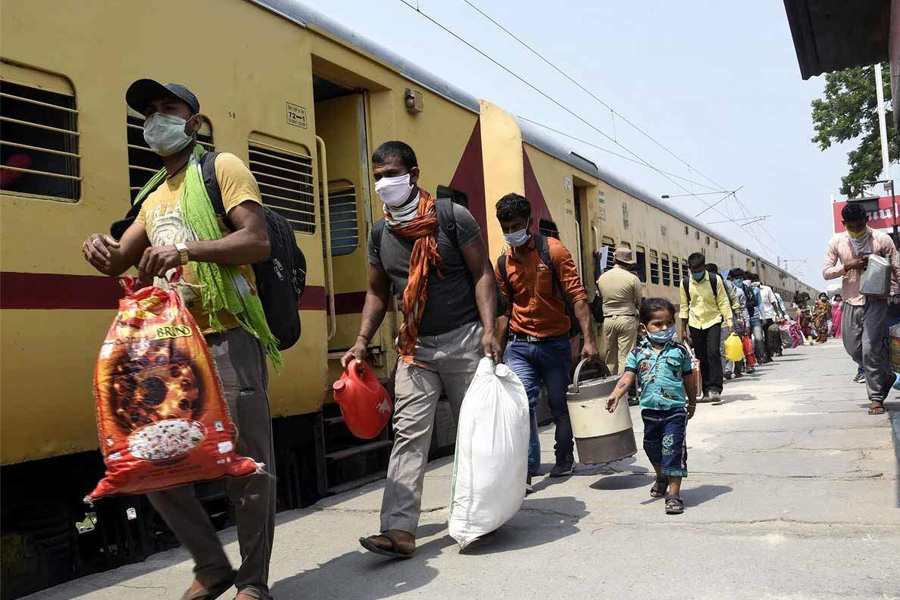
The results show that both train migration and census migration have positive and significant impact on the spread of the Covid-19 cases in the Indian states.
Authors
Debajit Jha, Associate Professor, Centre for Complexity Economics, Applied Spirituality and Public Policy, Jindal School of Government and Public Policy, O.P. Jindal Global University, Sonipat, Haryana, India.
Suhaas Neel, School of Engineering, Jawaharlal Nehru University, New Delhi, India.
Hrishidev, School of Computational & Integrative Sciences, Jawaharlal Nehru University, New Delhi, 110067, India.
Anirban Chakraborti, School of Computational & Integrative Sciences, Jawaharlal Nehru University, New Delhi, 110067, India; School of Engineering and Technology, BML Munjal University, Gurugram, 122413, Haryana, India; Centre for Complexity Economics, Applied Spirituality and Public Policy, O. P. Jindal Global University, Sonipat, 131001, Haryana, India.
Summary
There has been a huge impact of the Covid-19 pandemic on the Indian economy. Almost all the sectors of the economy have been severely impacted. The vulnerability of the economy was highest after the imposition of the nationwide lockdown in March 2020, when thousands of migrant workers were forced to return to their homes from the large or metropolitan cities of the country. After the lockdown was lifted and some months passed, people had started migrating again to their workplaces. However, at the advent of the second wave and state-wise lockdowns imposed, a similar exodus of migrants was seen.
While this humanitarian crisis and the associated government policies in India have been heavily discussed in the national and international policy discourses, there has been no systematic study or estimates of the mobility of migrants during the pandemic. Moreover, although reverse migration has been perceived to be one of the primary reasons for the spread of the virus in the Indian states, there is still no study showing the exact relationship between reverse interstate migration and the spread of Covid-19 cases in Indian states, most probably due to unavailability of a consistent dataset.
This has further affected policymaking for tackling the crisis. In this paper, first, we have tried to construct a proxy dataset of “reverse migration” using interstate train running information during the second wave of the Covid-19 pandemic. To understand the complex trend and pattern of interstate human mobility during the second wave of the Covid-19 pandemic, we construct the complex networks of mobility of people using the train running data.
Then, we have carried out an econometric exercise to identify the relationship between reverse migration and the spread of Covid-19 in different Indian states, using both the train running information data that we have constructed, as well as the Census-2011 data on migration.
The results show that both train migration and census migration have positive and significant impact on the spread of the Covid-19 cases in the Indian states. Besides migration, population density per square kilometre, percentage of the urban population, and state per capita income were also found to have a positive impact on the spread of the virus. Moreover, we found that the availability of hospital beds in different states has helped to reduce the spread of the virus.
Published in: Chakraborti, A., Haven, E., Patra, S., Singh, N. (eds) Quantum Decision Theory and Complexity Modelling in Economics and Public Policy. New Economic Windows. Springer, Cham.
To read the full chapter, please click here.

